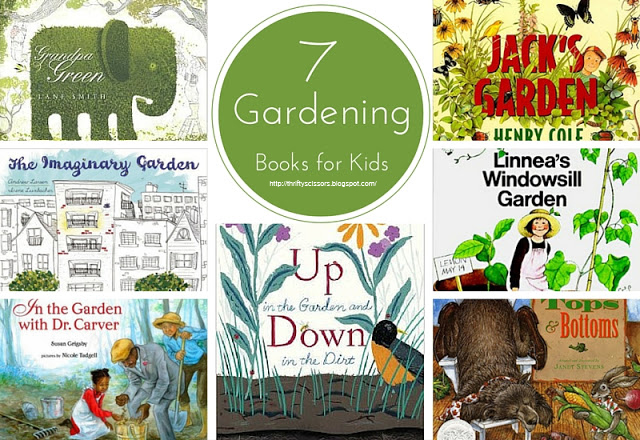Our classroom library was recently invaded with many insect-tastic reads
for our upcoming unit on insects! Here are 10 of my favorite insect and
bug books to introduce to youngsters:
Bugs in My Hair by David Shannon.
A hilarious tale of finding--horror of horrors--live in your hair! How
did they get there? What are they doing hidden in your roots? And when
will they ever leave?!
The Grouchy Ladybug by Eric Carle. A grouchy, bossy ladybug stumbles upon many other creatures to learn how to be a kinder and more polite insect.
Are You a Dragonfly? by Judy Allen. From the well written Backyard Books comes yet another story of an amazing, unique insect: the dragonfly.
The Big Bug Book by Margery Facklam.
Discover the 13 largest insects in the world with this reference book.
Each insect is drawn to actual size in the illustrations to help readers
get a picture of just how big these creepy crawlers can grow.
Caterpillar, Butterfly by Vivian French.
With charming illustrations, a young girl and her grandfather observe a
the metamorphose process of a caterpillar into a butterfly.
Ant Cities by Arthur Dorros.
This book showcases all the life that takes place deep in an ant
hill--how to identify different types of ants and all the different
things they do as a colony.
Some Bugs by Angela DiTerlizzi. The
vibrant, bold insect illustrations will capture any child's--and
adult's--attention to pick it up. A great introduction to children about
all the many things bugs can do.
Where Butterflies Grow by Joanne Ryder. Another excellent book that explains the life cycle of a butterfly in simple story prose.
The Magic School Bus Inside a Bee Hive by Joanna Cole. Elementary students are sucked into a bee hive with Ms. Frizzle and her class to learn all about the many benefits of bees.
The Ultimate Bugopedia: The Most Complete Bug Reference Ever by Darlyne Murawski.
An awesome reference book for children to identify all the different
varieties of insects in folk's backyards across the globe.



































